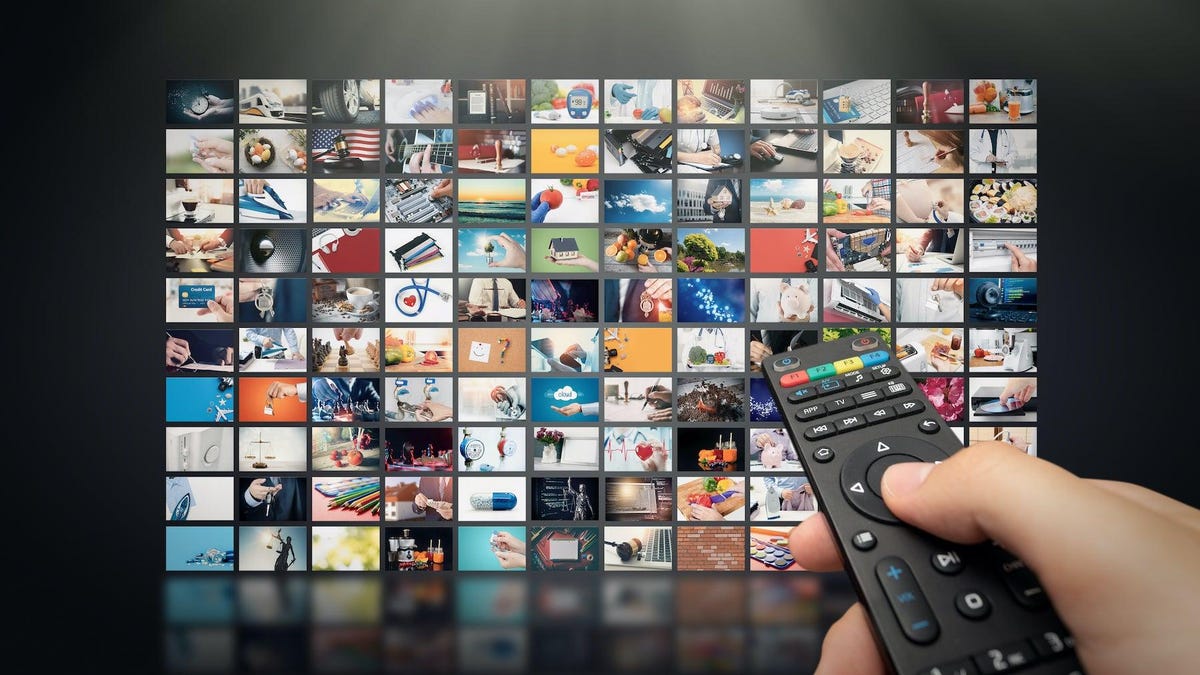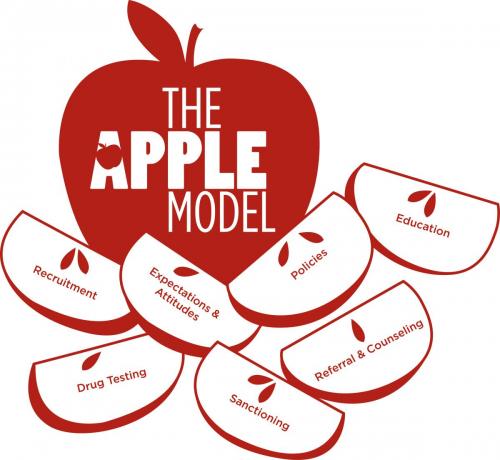

These people insulate themselves from the rebels, physically and mentally.Īs complacency is eroded by competition and the relative position of the organization falls, the rebels once again rise.Įmbrace the rebels. Many people - especially those who are less secure about themselves - have a hard time working with people that push boundaries and challenge the way things are done. Rebels are ignored, dismissed, or put into a positions of failure. You need a rebel to start something but after you reach escape velocity, complacency sets in. Rebels create organizations and then the organizations they created reject them. And that comes with both opportunities and challenges. They’re not being difficult on purpose - they’re being themselves.

They raise the bar for everyone else and they call people out.

Rebels non-rebels uncomfortable because they challenge thoughts, processes, and the status quo. Organizations both value and despise them. These are the people who can’t easily fit into the square corporate box. These are the people who think different, feel different, behave different. The most creative people are often the ones who have a hell-raiser trait in them, regardless of whether this comes from nature or nurture. To what extent does attitude play a role in creativity? Gawker is like a much more widely understood thing, and it might take a braver advertiser, but I think that there are people out there who see Gawker’s reach and realize its value.Here’s to the crazy ones, the misfits, the rebels, the troublemakers, the round pegs in the square holes… the ones who see things differently - they’re not fond of rules… You can quote them, disagree with them, glorify or vilify them, but the only thing you can’t do is ignore them because they change things… they push the human race forward, and while some may see them as the crazy ones, we see genius, because the ones who are crazy enough to think that they can change the world, are the ones who do. It’s not like The Outline, was a very niche site and I understood that a lot of people didn’t know what The Outline was, but it was a new site that had like 40,000 followers on Twitter so I understand that that would be hard to sell. It’s Gawker, it’s not going to be nice, it’s not going to be a place where nervous advertisers are gonna go. One did ask if we’re ever going to run anything positive, which I think the answer is “yes, and if you can’t find those, you’re looking in the wrong places.” But one of the great advantages we have is that Gawker such a strong brand identity already. So I was like, “OK, if I hire this person, no one would come after them and they all happen to be these great women.” And if you build a site of really smart women, I feel like there’s less of a chance that people are going to be like, this totally sucks. When I was hiring people for Gawker, I wanted to hire people I really respected because I was afraid of people kind of stepping into the firing line of the internet by signing up for new Gawker. Those were always the decisions where the women on the staff felt like they really weren’t involved with them or to kind of look the other way, because there’s this macho energy that was behind them. It probably was a subconscious thing going into this Gawker that I hired mostly all women because the misogyny was such a powerful and noxious force when I was there. My mission statement going into this Gawker was to take the parts I really loved about the time I work there that don’t really get remembered because they’re not a sex tape, and make those into the cornerstone of the new Gawker.

And I edited some of my favorite pieces I ever did at Gawker. And then the rest of Gawker was funny and smart and provocative. The Gawker 2.0 missionĪn important thing to know and to realize about old Gawker is that the lawsuits and the really incendiary stuff, and, you know, the misogyny that was only about - not to minimize it - 20% of what Gawker was. Here are a few highlights from the conversation, which have been edited for length and clarity. In this conversation, Finnegan discusses how she’s crafted her management style to addresses these issues while also building Gawker 2.0 into a brand that she and her team is proud of.
#GAWKER APPLE SERIES#
This is the third episode of a four-part series called “The Modern Newsroom Leader,” which features newly appointed editors-in-chief as they navigate industry challenges including staffers dealing with burnout, unsteady financial businesses and prioritizing diversity, equity and inclusion in hiring practices.


 0 kommentar(er)
0 kommentar(er)
